
|
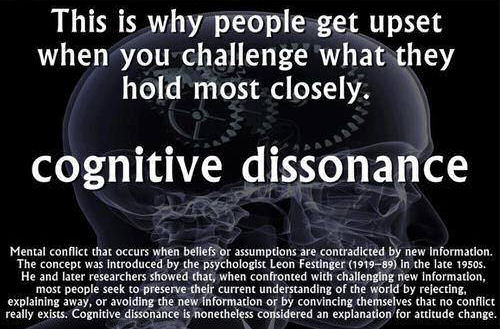
Cognitive dissonance occurs when the
subconscious perceives
a logical inconsistency and
fails to suppress it.
The ensuing emotional reactions,
experienced as anxiety,
guilt,
shame, anger,
embarrassment,
stress, and other
negative emotional states, surface
after consciously avoiding
self-awareness of personal behavior by
refusing to acknowledge contradictory
ideas, concepts and beliefs.
The theory of cognitive dissonance
proposes that people have a
motivational drive to reduce dissonance by one of two opposing methods:
1) they may change their concepts,
beliefs and
behaviors,
or
2) they may justify
their ideas, beliefs,
and behaviors.
Cognitive dissonance
theory is one of the most influential and extensively studied theories in
social psychology.
Factions use propaganda in the hope
of creating unity around their focus of interest.
Popular movements only come into being when the
triumvirate of control -
governments,
corporations and
religions -
fail to meet needs of
the people.
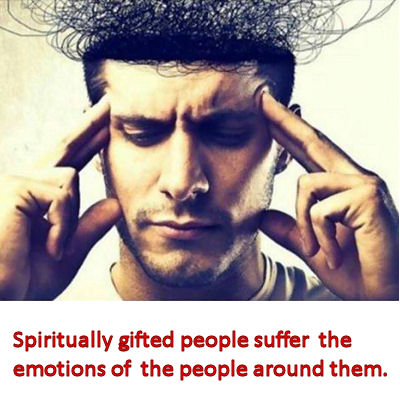
When
ideas are consistent
with each other - consensus - they are in a
state of harmony, or
consonance.
MICE culture theorizes cognition
of unrelated pattern matches are classified as irrelevant avoiding
dissonance.
On the
surface this appears true but hundreds of millions of
prescriptions of
anti-depressants suggest otherwise.
A powerful cause of dissonance is
when a repressed memory
conflicts with a fundamental element of self-concept, such as "I am a good person,"
"I make the correct
decisions" or "I can get muddle
through this."
The anxiety that emanates from
having made a erroneous decision leads
to rationalization of
justifications.
Someone who just spent too much money on a new car
has already convinced herself that the new vehicle is much less likely to break
down than her old car.
This belief may or may not be true, but it will
reduce dissonance making the mark
feel better.
Dissonance will lead to
confirmation bias and the
denial of
disconfirming evidence unaware to the holder of such.
Dissonance
theory leads to the obvious conclusion that
humans are rationalizing but
not rational beings.
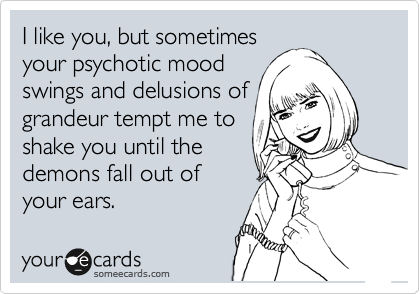
1926 Norma Jeane Mortenson is born.
1928 Her parents
divorce.
Gladys, gives Norma
Jeane to the Bolenders for fostering.
Norma Jeane believes the Bolenders
are her parents until Gladys, her mother, suddenly reappears one day.
1935 Gladys is taken
to a psychiatric hospital and her
friend Grace becomes
the guardian of Norma Jeane.
Grace marries Ervin Goddard and Norma is
sent to the Los Angeles Orphan Home; then fostering homes.
1938 Norma Jeane is living with Grace but is being
sexually molested by Goddard at twelve years old.
1942 Norma Jeane marries a neighbor, James
Dougherty, to avoid being returned to the orphanage.
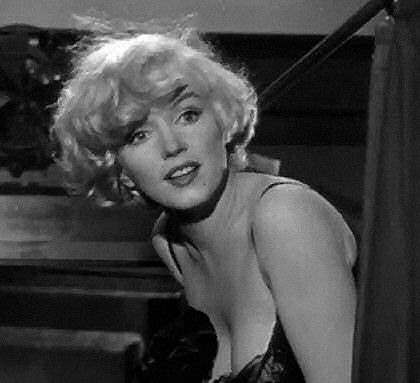
Secret Service code names
him "Dr. Feelgood" because of his unorthodox medical treatments for President
John F. Kennedy.
Max Jacobson Elixir, "miracle tissue
regenerator", 30- to 50-mg shots rapidly melt away pain, replaced with
boundless energy.
This mood-elevating therapy is a mix of
amphetamines, hormones,
enzymes, painkillers,
steroids, and
multivitamins.
Dr.
Feelgood injected:
Maria Callas, Paul Robeson, Leonard Bernstein,
Rosemary Clooney, Eddie
Fisher, Ingrid
Bergman, Elizabeth
Taylor, Cecil B.
DeMille, Marlene Dietrich, Judy Garland, Marilyn Monroe, Jackie and John F
Kennedy, Truman Capote, Mickey
Mantle, Elvis Presley, Tennessee
Williams. |
1954 Norma Jeane marries Joe
DiMaggio.
1956 Norma Jeane marries playwright Arthur
Miller.
Marilyn Monroe hated being alone and was terrified of being
abandoned (duh!).
Marilyn Monroe was in and out of psychiatric clinics,
diagnosed with borderline personality disorder and attempted
suicide at least three
times.

borderline personality disorder
A pervasive pattern of
instability of interpers∞nal relati∞nships,
self-image and affects, as
well as marked impulsivity, beginning by early adulthood and present in a
variety of contexts, as indicated by five of the following:
1.
Frantic efforts to avoid real
or imagined abandonment.
Note: Do not include suicidal or
self-injuring behavior covered
in Criterion 5
2. A pattern of
intense unstable interpers∞nal relati∞nships characterized by
alternations between extremes of idealization and devaluation.
3.
Identity disturbance:persistently
unstable self-image or
sense of self.
4. Impulsivity in at least two areas that are potentially
self-damaging (e.g.,
promiscuous sex,
binge eating,
substance abuse,
reckless driving).
Note:
Do not include suicidal or self-injuring behavior covered in Criterion 5
5. Recurrent suicidal
behavior, threats of/or self-injuring behavior such as cutting, interfering
with the healing of scars (excoriation).
6. Affective instability due
to a marked reactivity of mood (e.g., intense episodic dysphoria, irritability
or anxiety usually lasting a few hours).
7.
Chronic feelings of emptiness.
8. Inappropriate
anger, frequent displays
of temper or constant
anger.
9. Stress-related paranoid ideation
or severe dissociative
symptoms.

A pervasive pattern of
grandiosity (in fantasy or behavior),
need for
admiration, and lack of
empathy, beginning by early adulthood and present in a variety of contexts,
as indicated by five (or more) of the following:
1. Has
a grandiose sense of
self-importance (e.g., exaggerates and expects to be recognized as superior
without commensurate achievements).
2. Is preoccupied with
fantasies of unlimited
success, power,
brilliance,
beauty, or
ideal
compassion.
3. Believes that he or she is unique and can only be
understood by, or should associate with, other
special or high-status
people (or institutions)
4. Requires excessive
admiration.
5. Has
a sense of
entitlement, i.e., unreasonable
expectations of especially favorable
treatment or automatic
compliance with his or her expectations.
6. Is
interpersonally exploitative,
i.e., takes advantage of others
7. Lacks empathy: is
unable to identify with the
feelings and needs of others.
8.
Is often envious of
others or believes others are envious of him or her.
9.
Shows arrogant, haughty
behaviors or attitudes.
Theodore Millon identified five
subtypes of narcissist.
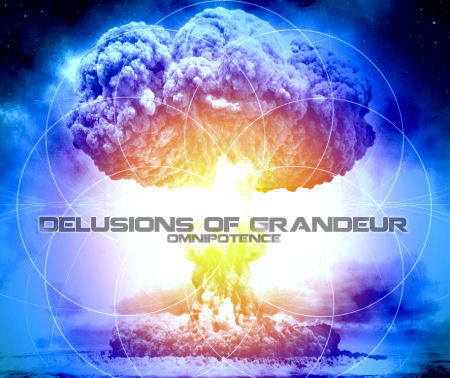
A pervasive pattern of disregard for and
violation of the rights of
others begining by 15 years of age, in
a pervasive pattern by 18,
as indicated by three or more of the following:
1.
failure to conform to social
norms with respect to natural
behaviors as indicated by repeatedly
performing acts that people disapprove of;
2.
deception, as indicated
by repeatedly lying, use
of aliases, or conning others for
personal profit or pleasure;
3.
impulsiveness or failure to
plan ahead;
4. irritability and
aggressiveness,
as indicated by repeated physical
assaults;
5. reckless
disregard for safety of self or others;
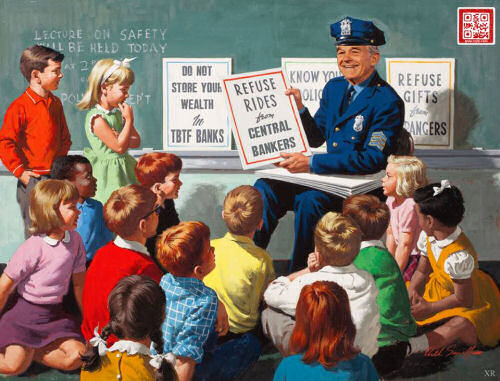
6. consistent
irresponsibility, as indicated by
repeated failure to sustain
consistent work behavior or honor
financial obligations;
7.
lack of remorse,
as indicated by being
indifferent to or rationalizing having
hurt, mistreated, or
stolen from another;
8. occurrence of antisocial behavior is not exclusively confined to the
course of schizophrenia or a manic
episode.
The prevalence of this disorder is
3% in males and
1% in females.
Evidence
points to the possibility that children develop
antisocial personality
disorder as a result of environmental influence on genetic
disposition.
A
repetitive and persistent pattern of behavior in which the basic rights of
others or major age-appropriate societal norms or rules are violated, as
manifested by the presence of three (or more) of the following criteria in the
past 12 months, with at least one criterion present in the past 6 months:
Aggression toward people and animals
(1)
often bullies, threatens, or
intimidates others
(2)
often initiates physical
fights
(3) has
used a weapon that can cause serious physical harm to others
(4)
has been physically cruel to
people
(5) has been
physically cruel to animals
(6)
has stolen while confronting a
victim
(7) has
forced someone into sexual activity (is a rapist)
Destruction
of property
(8) has
deliberately engaged in fire setting to cause serious damage
(9)
has deliberately destroyed others' property (other than by fire setting)
Deceitfulness or theft
(10) has
broken into someone else's house,
building, or car
(11)
often lies to obtain goods or
favors or to avoid obligations
(12)
has stolen items of nontrivial value
without confronting a victim
Serious violations of rules
(13) often stays
out at night despite prohibitions, beginning before puberty
(14)
has run away from home overnight at least twice while living in parental or
parental surrogate home (or once without returning for a lengthy period)
(15) is often truant
from school, beginning
before puberty
The disturbance in behavior causes
clinically significant
impairment in social, academic, or occupational functioning.
 |
|
 |
This web site is not a commercial web site and
is presented for educational purposes only.

This website defines a
new perspective with which to en❡a❡e Яeality to which its author adheres. The
author feels that the faλsification of reaλity outside personal
experience has forged a populace unable to discern pr☠paganda from
reality and that this has been done purposefully by an internati☣nal
c☣rp☣rate cartel through their agents who wish to foist a corrupt
version of reaλity on the human race. Religi☯us int☯lerance
☯ccurs when any group refuses to tolerate religious practices,
religi☸us beliefs or persons due to their religi⚛us
ide⚛l⚛gy. This web site marks the founding of a system of
philºsºphy nªmed The Truth of the Way of the Lumière
Infinie - a rational gnostic mystery
re☦igion based on reaso🐍 which requires no leap of faith,
accepts no tithes, has no supreme leader, no church buildings and in which each
and every individual is encouraged to develop a pers∞nal relati∞n
with Æon and Sustainer through the pursuit of the knowλedge of
reaλity in the hope of curing the spiritual c✡rrupti✡n that
has enveloped the human spirit. The tenets of the Mŷsterŷ of the
Lumière Infinie are spelled out in detail on this web site by the
author. Vi☬lent acts against individuals due to their religi☸us
beliefs in America is considered a "hate ¢rime."
This web site in
no way c☬nd☬nes vi☬lence. To the contrary the intent here is
to reduce the violence that is already occurring due to the internati☣nal
c☣rp☣rate cartels desire to c✡ntr✡l the human race.
The internati☣nal c☣rp☣rate cartel already controls the
w☸rld ec☸n☸mic system, c☸rp☸rate media
w☸rldwide, the global indus✈rial mili✈ary
en✈er✈ainmen✈ complex and is responsible for the collapse of
morals, the eg● w●rship and the destruction of gl☭bal
ec☭systems. Civilization is based on coöperation. Coöperation
with bi☣hazards of a gun.
American social mores and values have
declined precipitously over the last century as the corrupt international
cartel has garnered more and more power. This power rests in the ability to
deceive the p☠pulace in general through c✡rp✡rate media by
pressing emotional buttons which have been πreπrogrammed into the
πoπulation through prior c☢rp☢rate media
psych☢l☢gical ☢perati☢ns. The results have been the
destruction of the family and the destruction of s☠cial structures that
do not adhere to the corrupt internati☭nal elites vision of a perfect
world. Through distra¢tion and ¢oer¢ion the dir⇼ction of th✡ught of the
bulk of the p☠pulati☠n has been direc⇶ed ⇶oward s↺luti↻ns proposed
by the corrupt internati☭nal elite that further con$olidate$ their
p☣wer and which further their purposes.
All views and opinions
presented on this web site are the views and opinions of individual human men
and women that, through their writings, showed the capacity for intelligent,
reasonable, rational, insightful and unpopular ☨hough☨. All factual information
presented on this web site is believed to be true and accurate and is presented
as originally presented in print media which may or may not have originally
presented the facts truthfully. Øpinion and ☨hough☨s have been
adapted, edited, corrected, redacted, combined, added to, re-edited and
re-corrected as nearly all opinion and ☨hough☨ has been throughout time but has
been done so in the spirit of the original writer with the intent of making his
or her ☨hough☨s and opinions clearer and relevant to the reader in the present
time.
Fair Use Notice
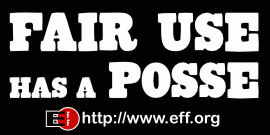
This site may contain
copyrighted material the use of which has not always been specifically
authorized by the copyright owner. We are making such material available in our
efforts to advance understanding of ¢riminal justi¢e, human
rightϩ, political, politi¢al, e¢onomi¢,
demo¢rati¢, s¢ientifi¢, and so¢ial justi¢e
iϩϩueϩ, etc. We believe this constitutes a 'fair use' of any
such copyrighted material as provided for in section 107 of the US Copyright
Law. In accordance with Title 17 U.S.C. Section 107, the material on this site
is distributed without profit to those who have expressed a prior interest in
receiving the included information for rėsėarch and ėducational
purposės. For more information see:
www.law.cornell.edu/uscode/17/107.shtml. If you wish to use copyrighted
material from this site for purposes of your own that go beyond 'fair use', you
must obtain permission from the copyright owner. |
 Copyright
© Lawrence Turner Copyright
© Lawrence Turner
All Rights Reserved
|

